With the growing population and urban development, management tools to handle traffic in crowded cities are essential as it has never been before. Danfo: Traffic congestion will soon be a thing of the past —
Enter smart traffic light; Danfo (See how one city used it) With their end-to-end digital platform, these smart systems use state-of-the-art technology to improve traffic efficiency and strengthen transportation networks.
Dynamic Traffic Command Through Data harnessing
First and foremost, smart traffic lights gather data from a diverse range of sources — including sensors embedded in streets or over roadways (such as pavement loops that detect the presence of vehicles), cameras tracking vehicle movement, GPS systems on cars themselves and even potentially based on IoT sensor uplinks. The data is immediately analyzed to track traffic flow, watching for areas of congestion. Smart traffic lights can use this data to change the timing of their signals on-the-fly, ensuring that vehicles moving through intersections have as few stops and waits as possible. This adaptive model of traffic management results in increased flow, allowing it to travel more freely (and without creating gridlock during hours of peak use).
Seamless integration with Intelligent Transportation System (ITS)
In addition, smart traffic lights are well integrated with Intelligent Transportation Systems (ITS). They allow traffic lights, vehicles and other infrastructure parts to communicate with each other. Connected vehicles would, in turn communicate with smart traffic lights to relay real-time updates and further improve guidance on the optimal routes pathways. They can also communicate to public transit systems so that buses — or emergency vehicles, if necessary — are given priority speed-wise too; tuning it up again for optimal efficiency and lower travel times.
 Advanced Features for Additional Safety
Advanced Features for Additional Safety
In addition, to help decrease the potential for incidents, clever traffic lights are outfitted with additional protection attributes. Some include pedestrian detection for longer walk signals as well. It also boasts things like adaptive lighting, which changes brightness based on environmental conditions even for greater driver and pedestrian visibility. In Canberra, the safety benefits can aid in making cities safer and more attractive for pedestrians.
Sustainable Urban Mobility Solutions
Smart traffic lights also help in accelerating sustainable urban mobility. The use of these systems reduces vehicle emissions and fuel consumption by improving traffic flow and reducing congestion. In addition, a number of smart traffic lights are green-powered by solar panels and other similar renewable energy sources. Featuring efficient public transit and alternate transportation methods like bicycles or just walking, it is traffic lights for smart cities that back the city personnel to lower their carbon emissions besides making those shelf more liveable urban environments.
Conclusion
To sum it up, smart signals are progressing in urban transportation technology and coming forward with cutting-edge solutions for better mobility safety sustainability. Using data-driven insights and pairing with Intelligent Transportation Systems, these smart systems are changing traffic management in cities across the globe. And, with urban populations expanding day by the day, these smart systems of traffic light will be even more crucial in paving the way for future generations to get around as fast and clean as possible.



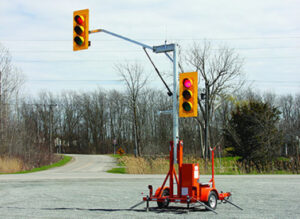
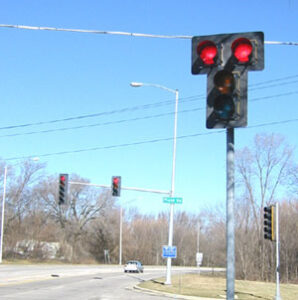 Africa: Tailoring to a Local Taste
Africa: Tailoring to a Local Taste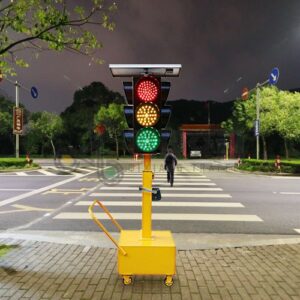
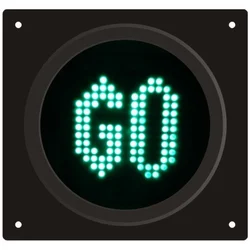 installations allow drivers and pedestrians to see a visual timer until the next change in traffic signals, aiding them better time their movements. In this article, learn how to quickly establish countdown timers for traffic signals in an urban environment encouraging through better flow and increased safety.
installations allow drivers and pedestrians to see a visual timer until the next change in traffic signals, aiding them better time their movements. In this article, learn how to quickly establish countdown timers for traffic signals in an urban environment encouraging through better flow and increased safety.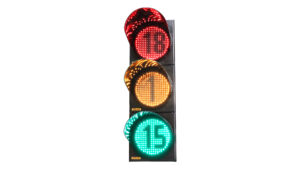 Integration with Traffic Management Systems
Integration with Traffic Management Systems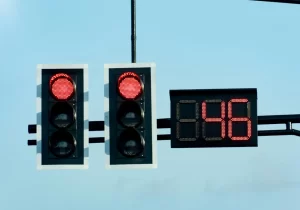
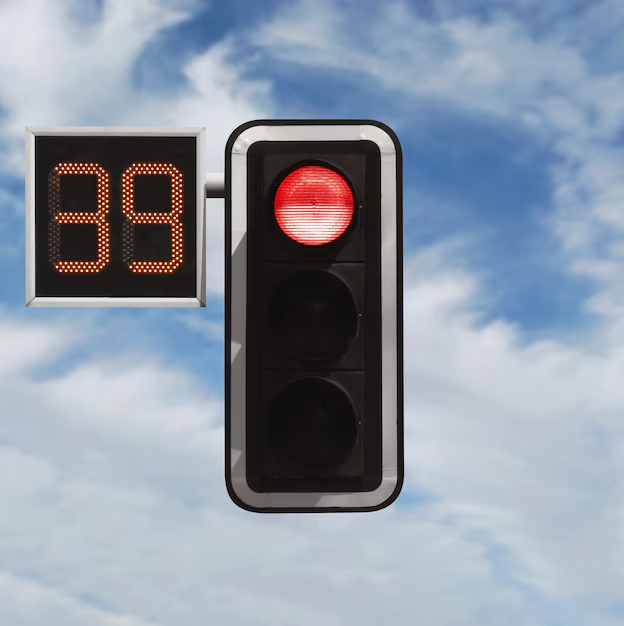
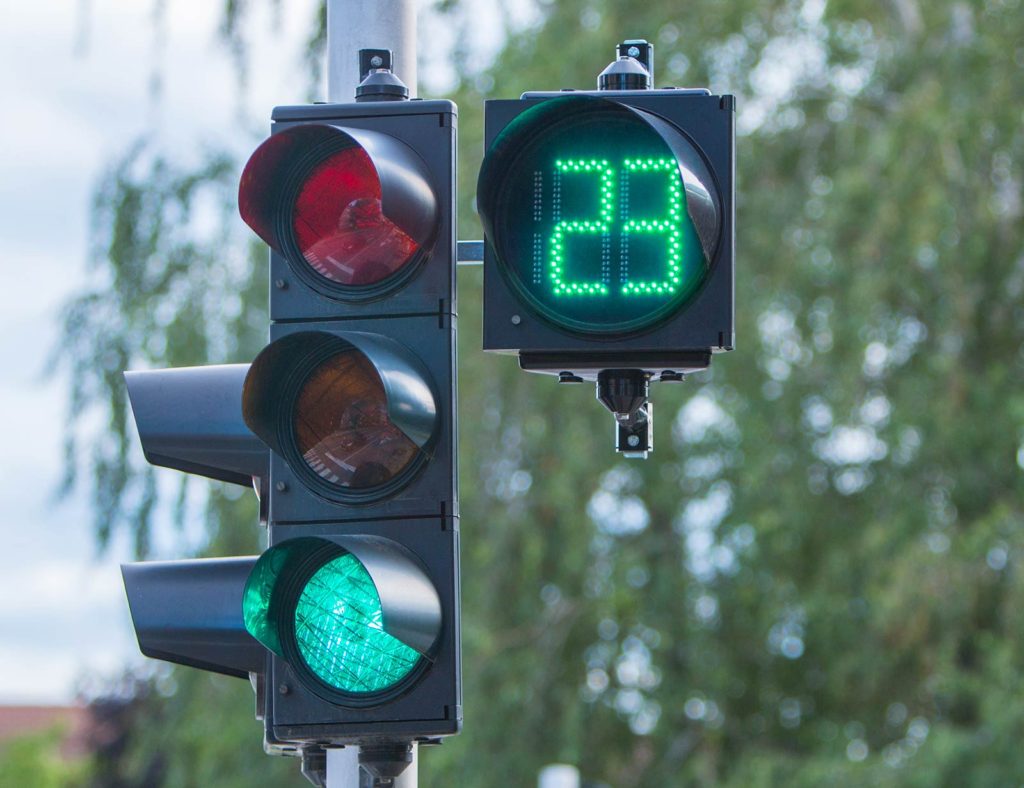 How Countdown Timers Work
How Countdown Timers Work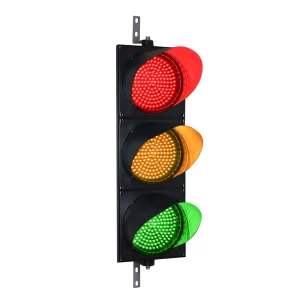
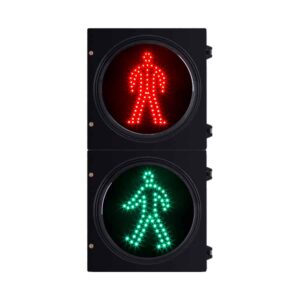
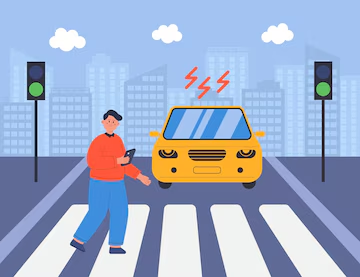
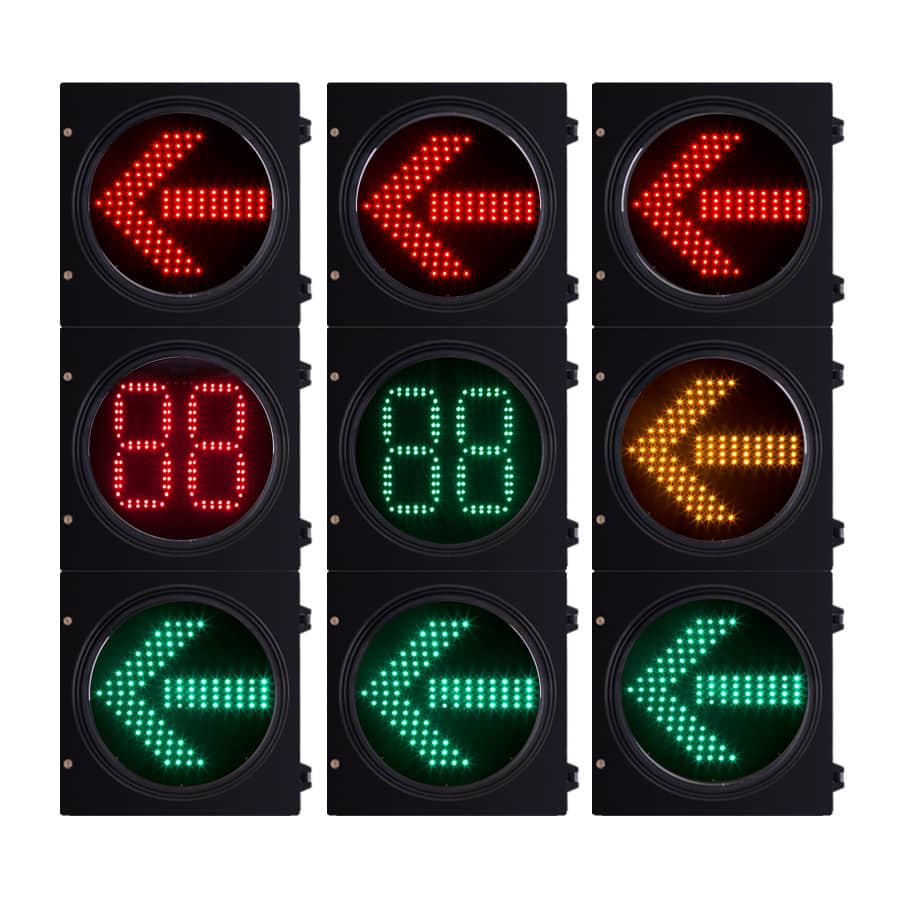
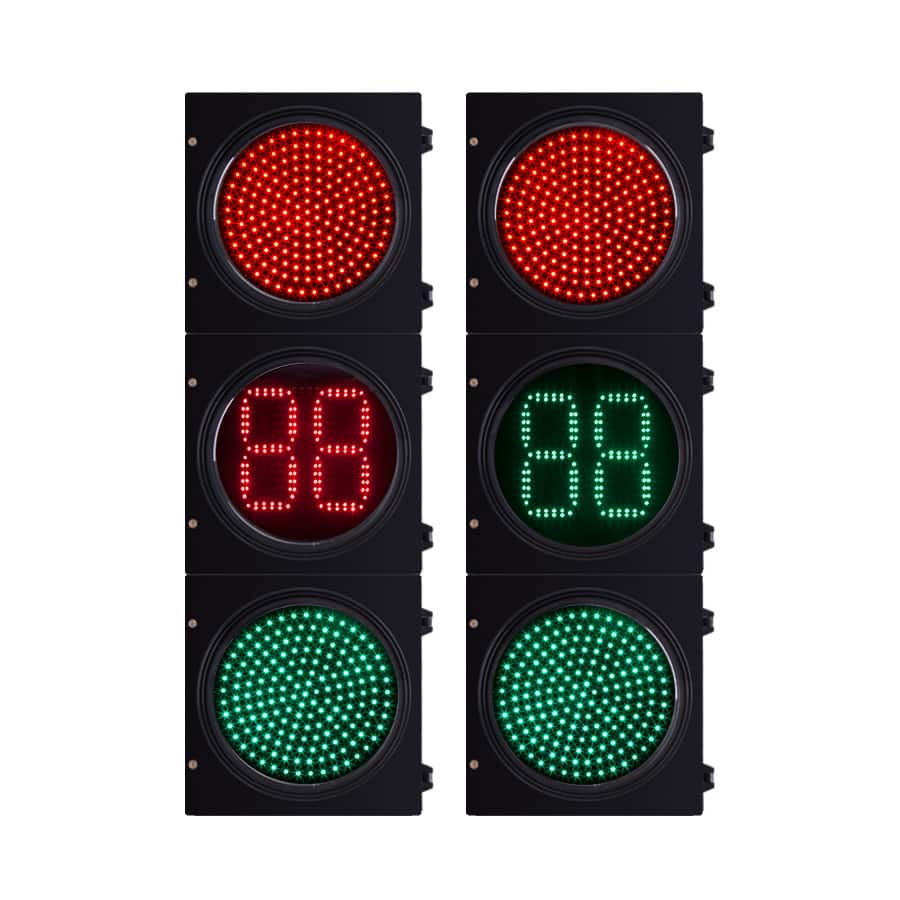
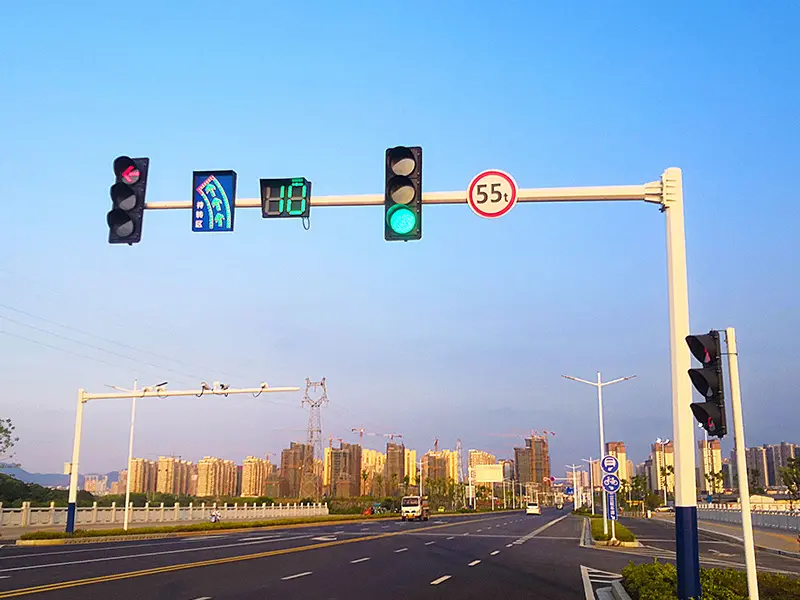 Sustainability Is A Key Principle
Sustainability Is A Key Principle